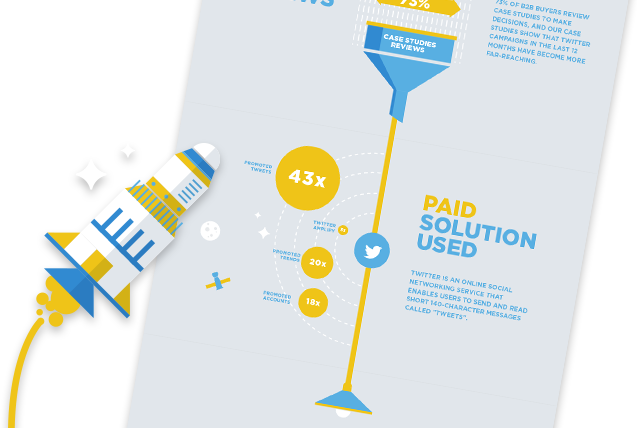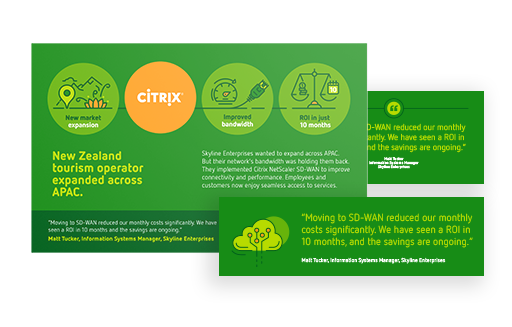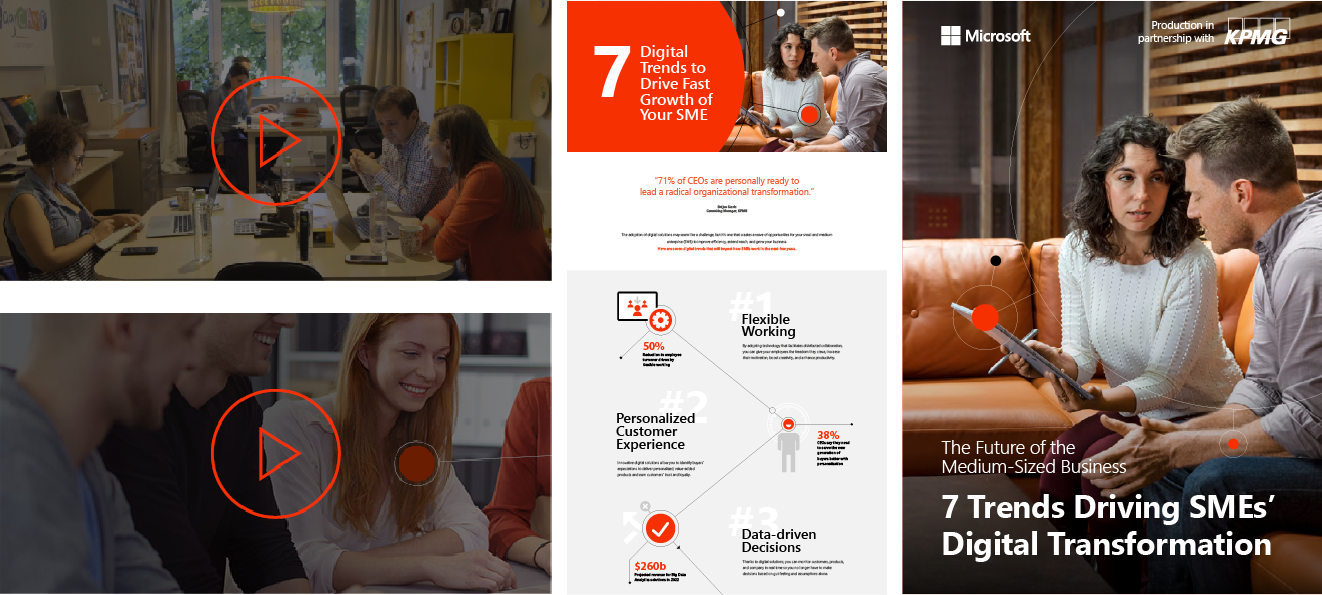
As a person who is exclusively an observer of social media and not actively participating in the buzz, it’s interesting to perceive the shift in the B2B sector and how clever brands utilize the voice of their audiences when working on this in the backend. Understanding the intricacies of linking, traffic and funnels is one thing, but grasping the emotional connotation of audience-generated content is a whole other. During WebSummit, I was monitoring the trending content on social media and jotted down some notes, that will definitely inspire some of the strategies we’re working on and also might be useful for startups that want to set a launchpad for success.
Brand generated content is important and when done well, it enables the brand to provide unique value to its audience and build trust. We’ve covered how it can empower different departments, nurture leads, be evergreen and so much more. There’s also another side of this coin, which isn’t often discussed, as it may not be as scientific or structured and requires a unique understanding of your audience. Essentially, it’s audience generated content. Simple, right? Well, there are a few hooks you should be aware of, before you dive in.
Talking Instead of Touting
Audience-generated content isn’t going to happen on your blog. Not primarily anyhow. It’s something that happens on social, or on third-party platforms, like TripAdvisor or Reddit. Either an established brand or a startup, both can tap into this channel by deeply and granularly understanding their audience and engaging with it through high-quality community management. This engagement shouldn’t sound like town crier’s preach though, it should be personal and real; maybe even gritty?
All brands are primarily focused on promoting their offer. But as our inbound marketing lead, Martin, puts it, “We have two ears and just one mouth, so we should listen twice as much as we speak”. Listening and monitoring how audience interacts with your brand, your industry, what are their pain points, challenges, can lend a solid pick up line.
Original Content vs Pop-content
Although the golden years of 9Gag are well behind and it appears more like a Facebook wall of late, than the old 9Gag, many still think in gifs and memes when we interact on social media. Good meme takes a life of its own - there was the wiggle, then there was more wiggle, and then some more, ad infinitum. And it’s not like crafty content curators or marketers are sitting there, crafting memes for celebrities. It’s the epiphany of audience-generated content. The great part of it is that this content is sharable; it doesn’t belong to anyone, it’s creative commons; it doesn’t endorse anyone, it’s doesn’t associate you with the brand in any particular way. And if it’s funny or adds value in any way, it’s going to be shared. And it may go viral. It may not promote your offer, but it’ll definitely help in building your brand recognition while also showing the human side of your organization.
From Idea to Job
During Web Summit, Ze Frank took the stage with a short and to the point demonstration of how content is shared. He spoke about constants and variables from different perspectives of the content generation cycle and what I enjoyed the most are the demonstration of intentions at different ends of the content.
The publisher aims to:
- Validate an opinion
- Teach you
- Help you feel less alone
- Change your mind
- Scare you
- Inspire you
- Change your beliefs
While the user shares this content with the intention to say:
- I want to cheer you up
- I’m thinking of you
- I want to know I’m smart
- You are not alone
- This explains how I think
- This explains a part of me
- I know you like this
- I need an excuse to make plans
There are many actions we want users to take when they’re consuming the content, but sharing is an important one, which can win you a lot of new audience. Understanding the drivers of this interaction is at the core of the content you create and inbound methodology is perfect at utilizing the concept of starting content creation with the job you want it to perform and only at the end of it, arriving to the idea of what that content will be. Caveat here is to combine the jobs you want it to do and the intention your audience might have.
Sharing economy has established its roots, from Uber to Airbnb, but when you think of it, it started on our social media walls, didn’t it? When we’re strategizing how to engage with our audience, it’s good to remember that we’re all keen to share. With inbound, you get a great approach to humanize your marketing efforts and start thinking about your approach to your audience in names, characteristics, mannerisms. It’s a human to human approach and it’s definitely more shareable. As I was monitoring the WebSummit engagement and hashtags on social media, I noticed that the pure excitement and insights from some startups would spread like wildfire, compared to some brands that just touted to approach their stall for a demonstration. There’s a lesson in that. Marketing isn’t about the offer. It’s about the emotion it promises.
Have other tips from Web Summit or about content in general that you want to share with us? Leave a comment below!






